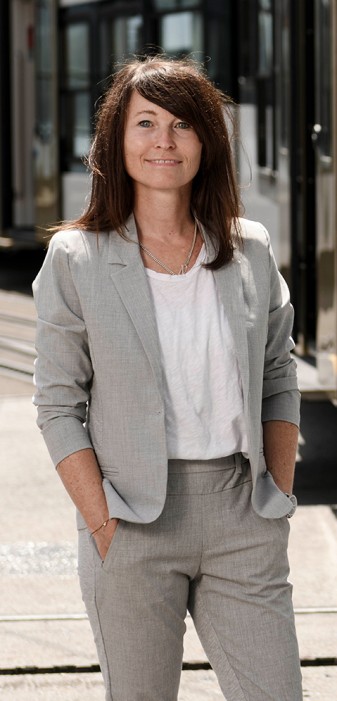Interview
How Haag-Streit successfully digitized a core product with the Elara 900
With the Elara 900, Haag-Streit has reinvented a core product that has proven itself for decades. Blending analog and digital, the result is a device that is both innovative and familiar, developed in close collaboration with Milani.
In this interview, Jörg Breitenstein, Head of Research and Development at Haag-Streit, explains why innovation is only successful when it integrates seamlessly into doctors ' everyday lives and how Milani, as a strategic partner, helped to create acceptance.
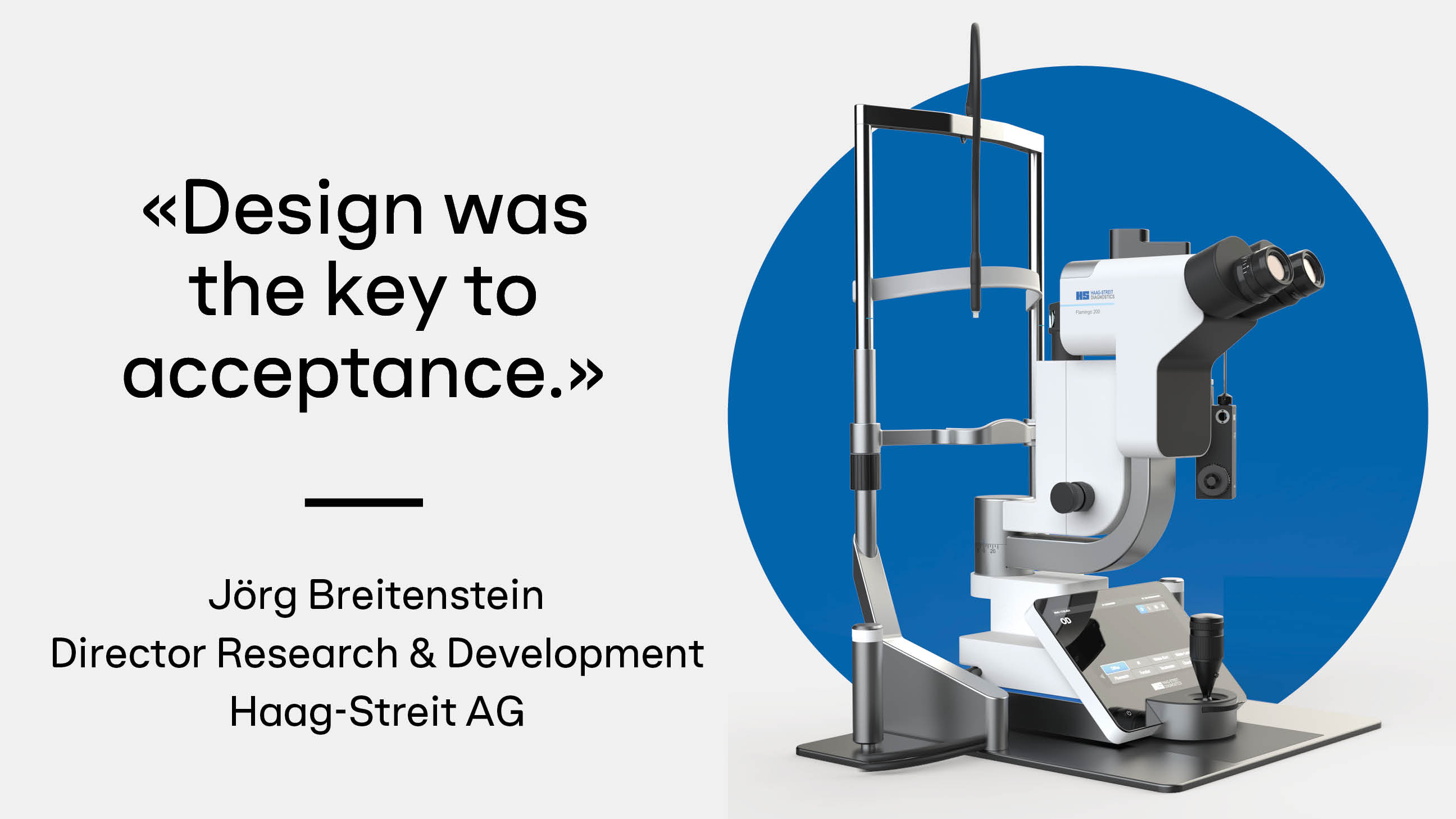
Mr. Breitenstein, the slit lamp has been considered an indispensable tool in ophthalmology for decades. Why did you redesign the device?
(Jörg Breitenstein / JB): The classic slit lamp was purely analog for decades. With Elara, we wanted to take the next step: digitize the examination, offer greater comfort for eye specialists and patients, and at the same time ensure the device remains future-proof, for example through digital connections or extensions.
That sounds like a major change for the doctors. How did you handle it?
(JB): For ophthalmologists, the examination is a well-rehearsed procedure that usually takes no longer than two minutes. These routines have been firmly established for decades. It became clear very early on that complete digitalization of all steps involved in using a slit lamp was not something ophthalmologists wanted and would have met with resistance. Innovation is only successful if it fits into everyday life. The challenge, therefore, was to make the new technology feel like a natural evolution. Milani supported us in this.
How does this manifest itself in the new operating concept?
(JB): For example, the slit width is still adjusted manually using a haptic dial. This is a procedure that is deeply ingrained in doctors. A digital solution would have caused confusion.
At the same time, we introduced new digital features, such as automatic presets that speed up examinations and access to previous reports. This allowed us to gain efficiency without disrupting doctors' routines.
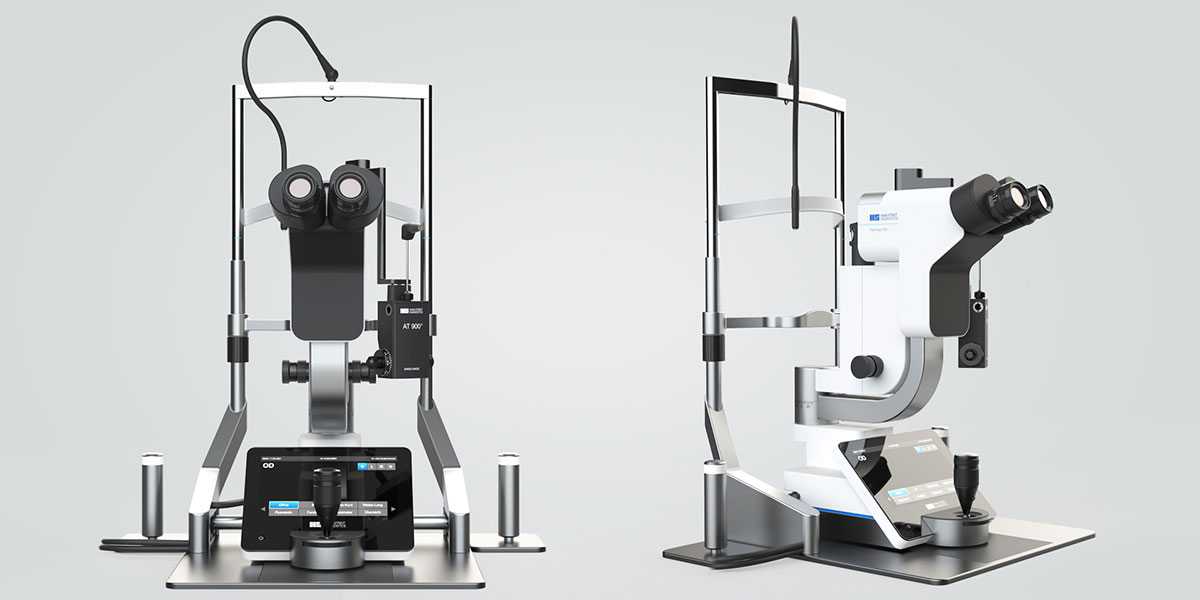
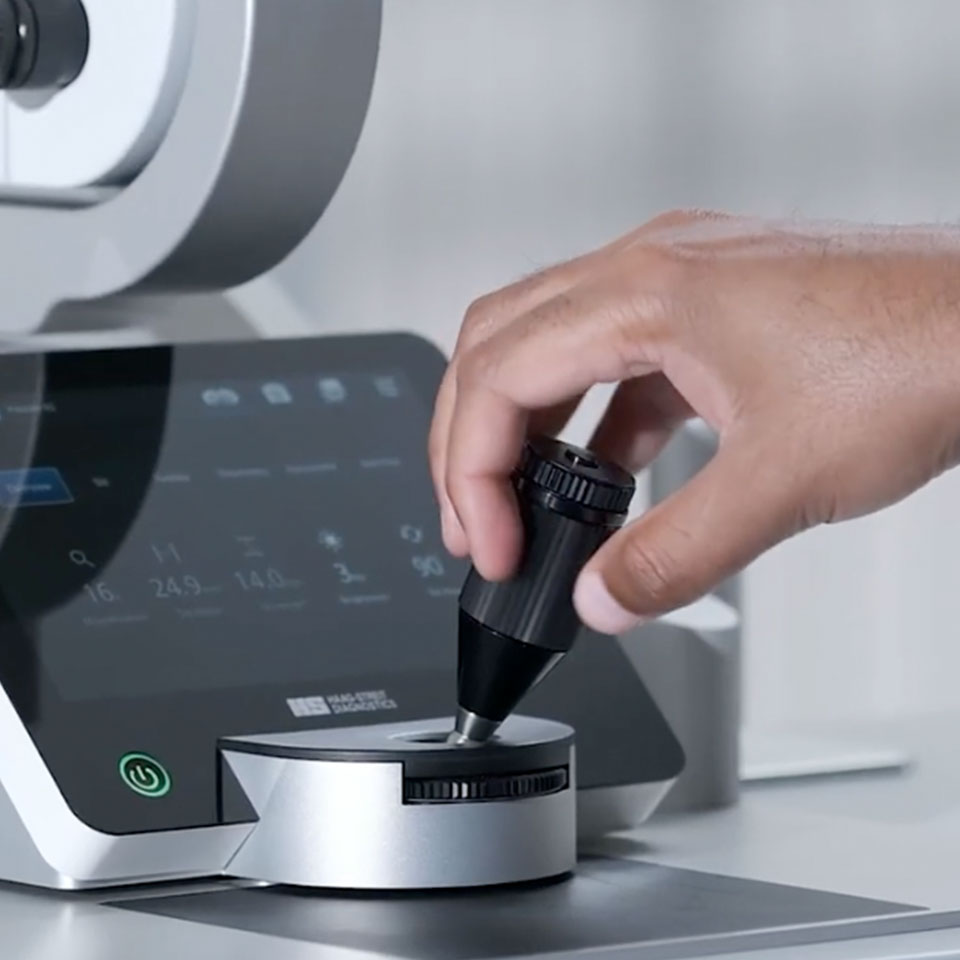
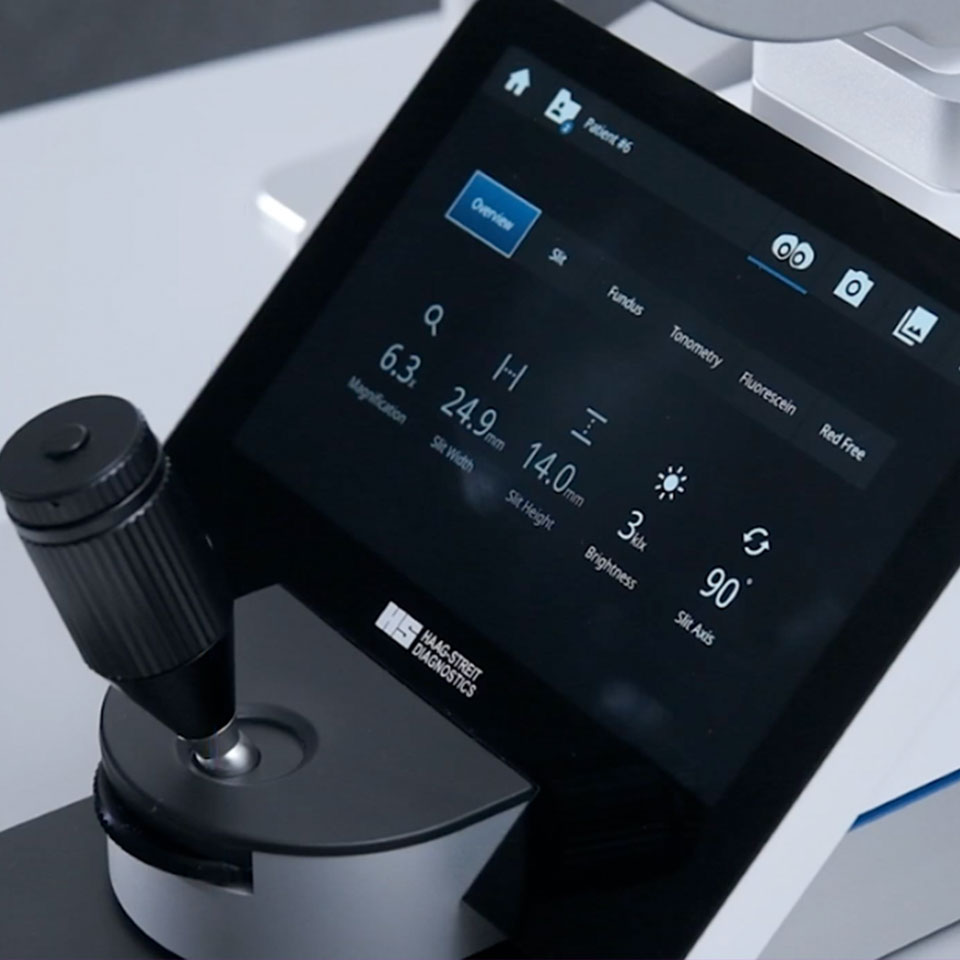
What role did Milani play in this process?
(JB): Milani was our design partner from the very beginning. They conducted interviews with physicians, developed prototypes, and thus demonstrated early on where digital solutions could create real added value. While we contributed our decades of experience in technical implementation, Milani ensured that our innovation would be accepted in everyday life with strategic design and a user-centered approach.
We particularly appreciated the collaboration on equal terms: short decision-making processes, a pragmatic, hands -on approach, and a shared focus on the benefits for doctors and patients, not on self-realization in technology or design.
Was there any friction between technology and design?
(JB): JYes, of course. But that was precisely the strength of the collaboration. Instead of endless discussions, we built prototypes, tested them, and evaluated the results together. This resulted in solutions that work technically and are accepted by both doctors and patients.
You talk a lot about acceptance. What role does design play beyond usability?
(JB): A very important one. The design had to convey to doctors and patients: This device is modern but remains a familiar tool. It couldn't look like a high-tech gadget that arouses suspicion. Milani helped strike this balance.
Another topic was the patient interface. What has changed there?
(JB): We've retained the tried-and-tested headband and adapted it to meet today's requirements: hygiene, different body sizes, and even special patient groups such as obese patients. The new design fits seamlessly into the overall concept, both functionally and visually.
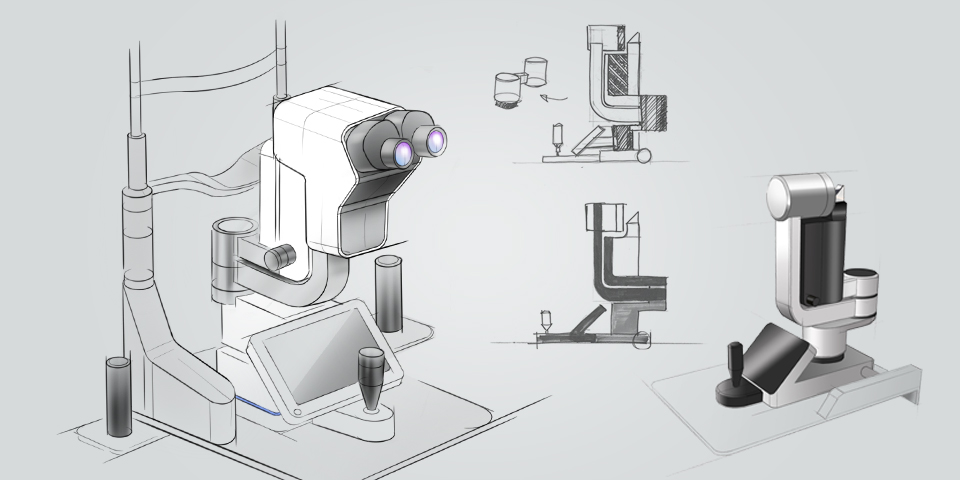
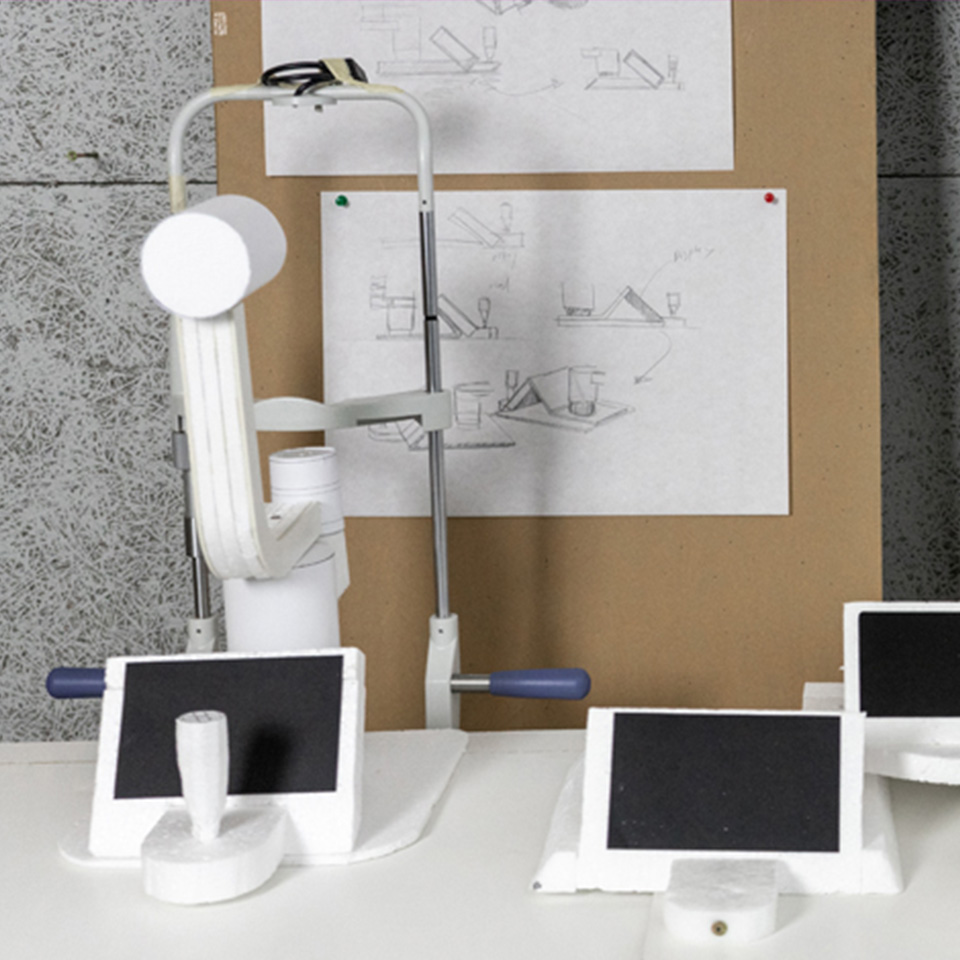
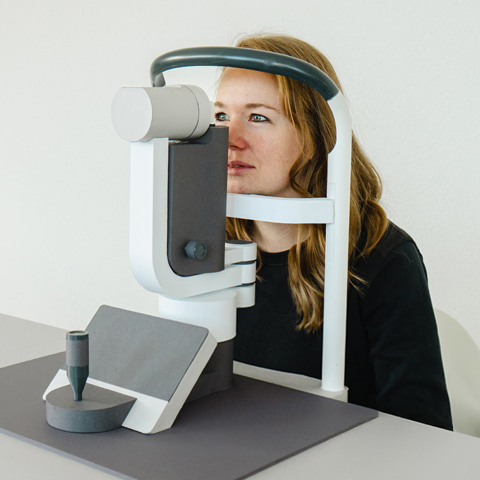
What attracted you personally to this project?
(JB): It was a complete technological shift in a traditional environment. Different perspectives collide: those of doctors, patients, developers, and designers. Finding the right path without losing the users was the most exciting challenge for me.
And what contribution would you attribute to Milani in retrospect?
Milani helped to consistently keep the user perspective in mind and to design the innovation so that it works in everyday life.
What does Elara mean for the future of Haag-Streit?
(JB): Elara has set a standard for us. It demonstrates that even instruments that have proven themselves for decades can be transformed into the digital future when technology and design go hand in hand.
Thank you very much, Mr. Breitenstein, for the inspiring conversation.
About the Elara 900 by Haag Streit
Designed for ambitious eye specialists, the Elara 900 combines the proven optics of Haag-Streit with revolutionary projector lighting to provide first-class clinical visibility. Powerful presets optimize workflows, and motorized height and magnification settings increase speed and efficiency. With its intuitive operation, generous headrest, and inclined eyepieces, the Elara 900 sets new ergonomic standards for maximum comfort for patients and healthcare professionals alike.
